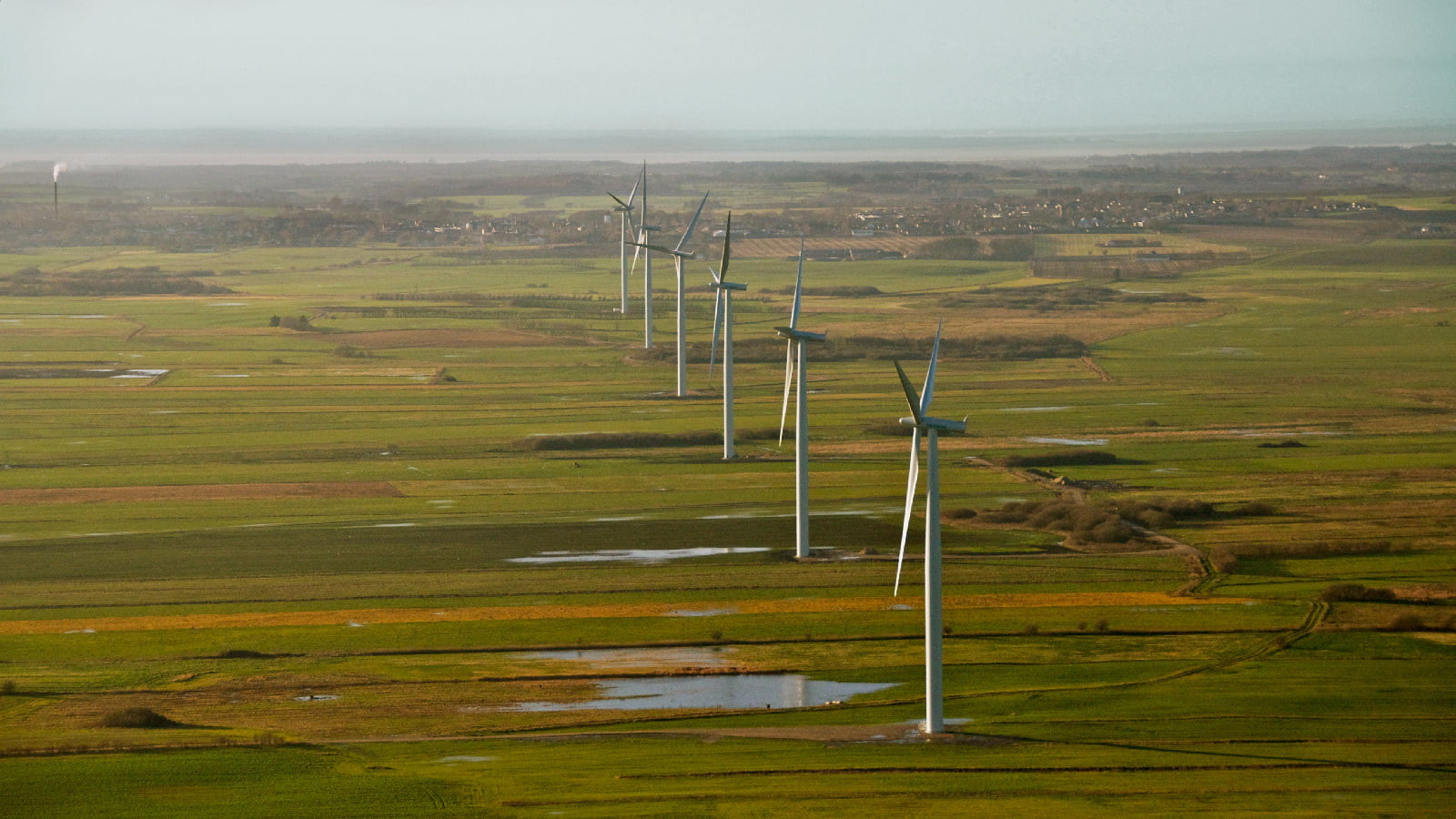Klim wind farm
Projects
Each blade is worth its weight in gold: the Klim wind farm is Denmark’s largest in terms of the amount of energy the turbines produce. The location for each of the 22 wind turbines was carefully selected. LE34’s chartered land surveyors ensured that the sites are optimal with regard to wind, shade, noise and rights.
Client:
- Vattenfall Vindkraft
Period:
- 2012-2015
Skills:
- Analysis and evaluation of turbine location
- Preparation of a local development plan
- Preparation of an addendum to the municipal development plan
- Easement report
- Consultancy on laws for open country
- Setting out for roads
- Surveys
- Setting out for wind turbine foundations
- Subdivision of 1 wind turbine for Klim wind power
- Contact to and negotiations with landowners
- Registration of declarations
- Consultancy on the impact of the project on farming
- Calculation of compensation for landowners
- As-built documentation
LE34 was involved in the renovation of the Klim wind farm, from the very beginning of the project until the turbines began operation. On the wind-blown islets close to Limfjord in northern Jutland, Vattenfall Vindkraft replaced the old wind turbines with 22 new, high-efficiency turbines. However, due to the size of the new wind turbines, conditions had to be very carefully considered.
A solid foundation secures both the wind turbines and local approval
With 150 metres from the foundations to the tip of the turbine blade, the new giant wind turbines need a very solid foundation – 25 metres in diameter. But where should these new turbines be located to ensure that they produce the most possible power? Where should they be placed to ensure least possible inconvenience to their neighbours from shade and noise? And to ensure that all of the farmers who provide land for the new wind turbines will agree to roads being built across their fields? And to make sure all legislation is complied with?
During the entire process, Vattenfall entrusted LE34’s employees with the job of ensuring that the location of the new turbines was legally sound and their foundations set out correctly.
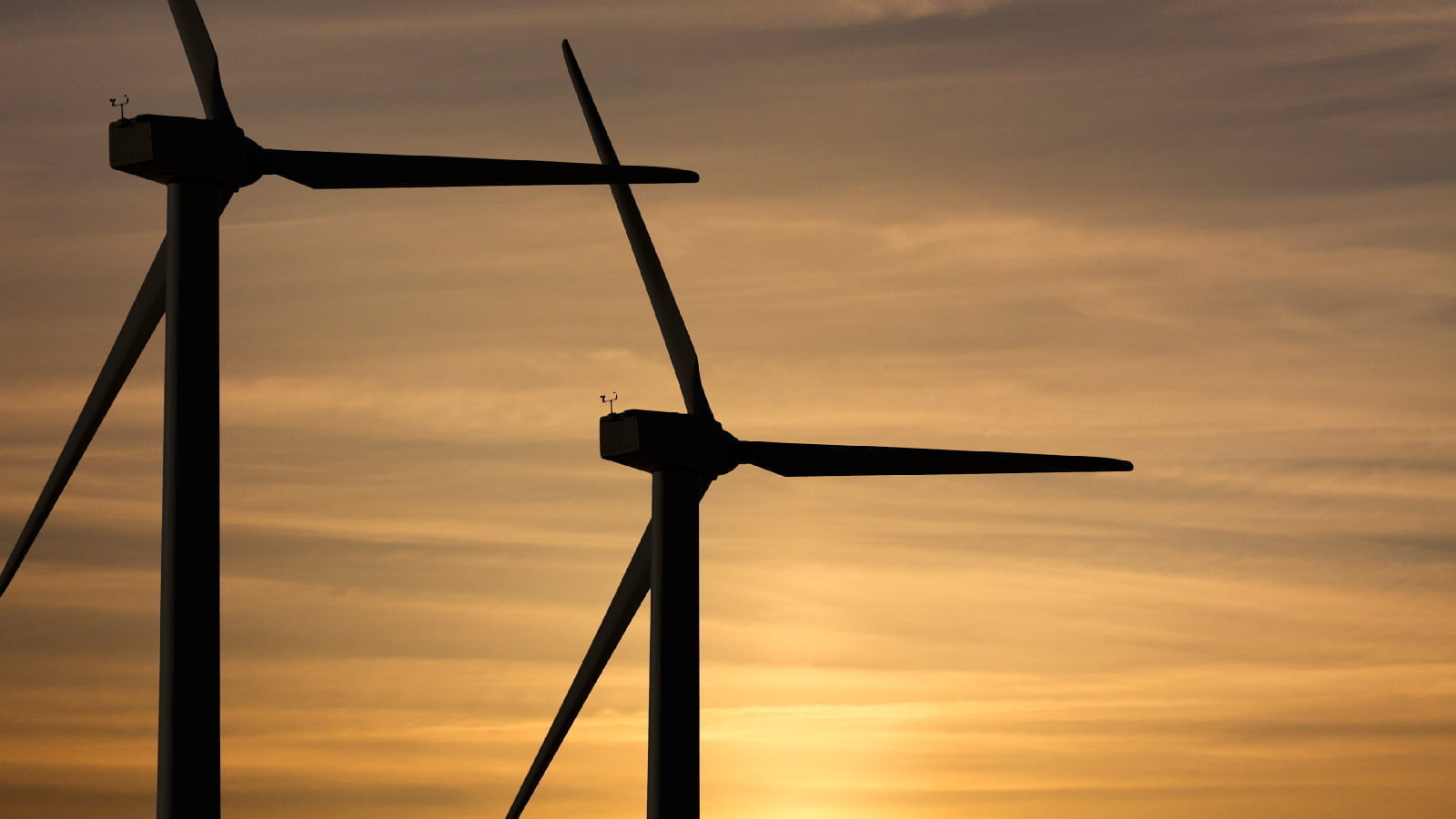
Morten Dalby, Director, Wind Turbines & Spatial Planning
When we land surveyors work on a wind turbine project, we plan the location of each turbine down to the minutest detail. Consequently, we avoid unforeseen circumstances along the way, and we, the client and all other parties involved avoid having to retrace our steps. Put simply, LE34 offers a complete wind turbine package that takes us from empty field to energy-producing turbines, with all landowner rights secured.
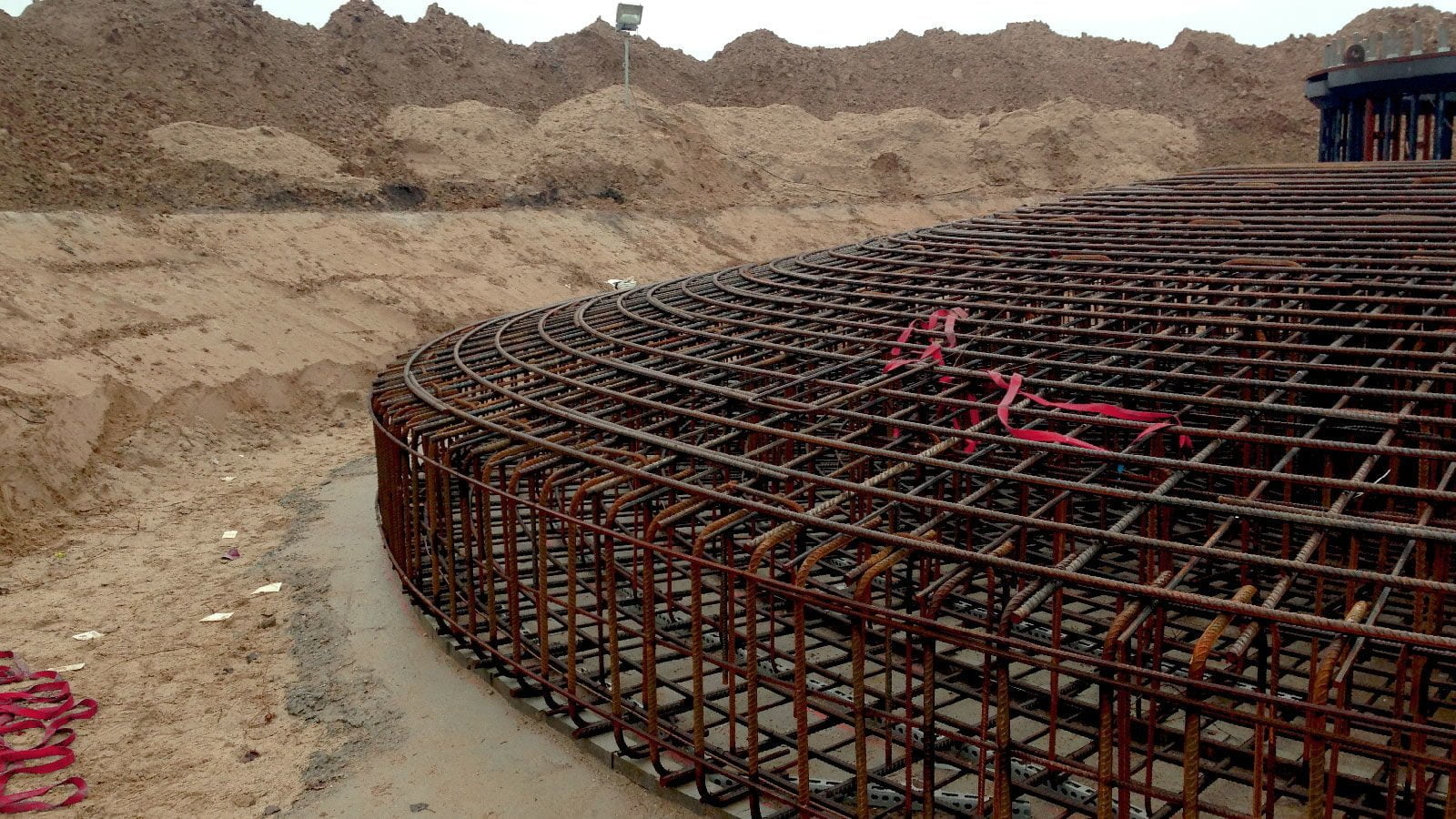
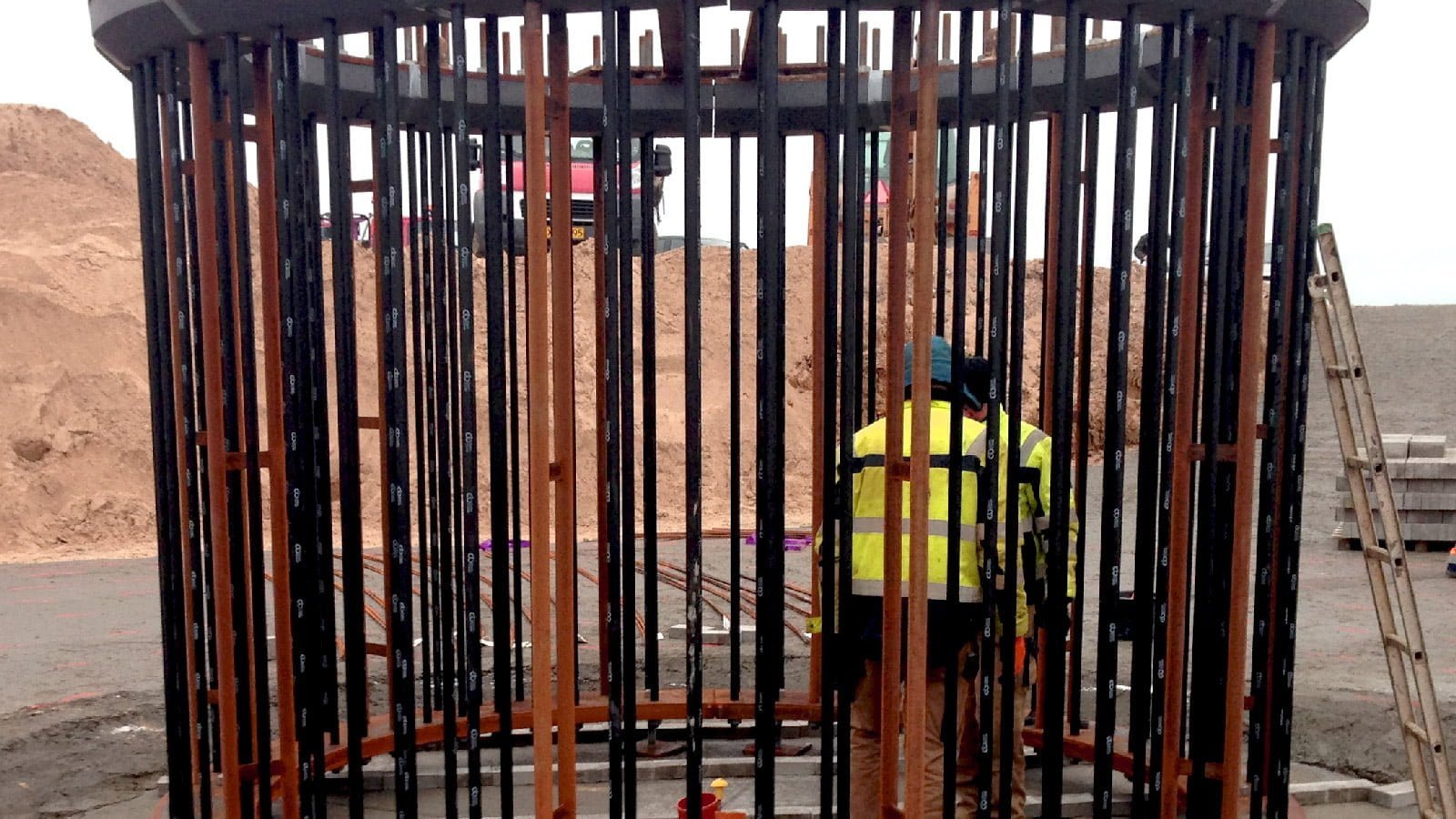
Sophisticated maps show the interaction between turbines and rules
LE34’s basic role at the Klim wind farm and on other wind turbine projects is to plot the proposed turbine positions into our sophisticated CAD programs and to review the position of each individual turbine, down to the minutest detail. Our chartered land surveyors check up on absolutely everything – from land register number to the Danish Act on Nature Conservation.
As a result of our thorough analysis, we were able to provide Vattenfall with professional advice on where the position should be adjusted and why. One element of this analysis involves simulating shade and noise nuisance for the turbines’ neighbours.
We then take discussions with the authorities that will approve the project – in this case, LE34 prepared proposals for a local development plan and an addendum to the municipal plan on behalf of Vattenfall for adoption by the politicians.
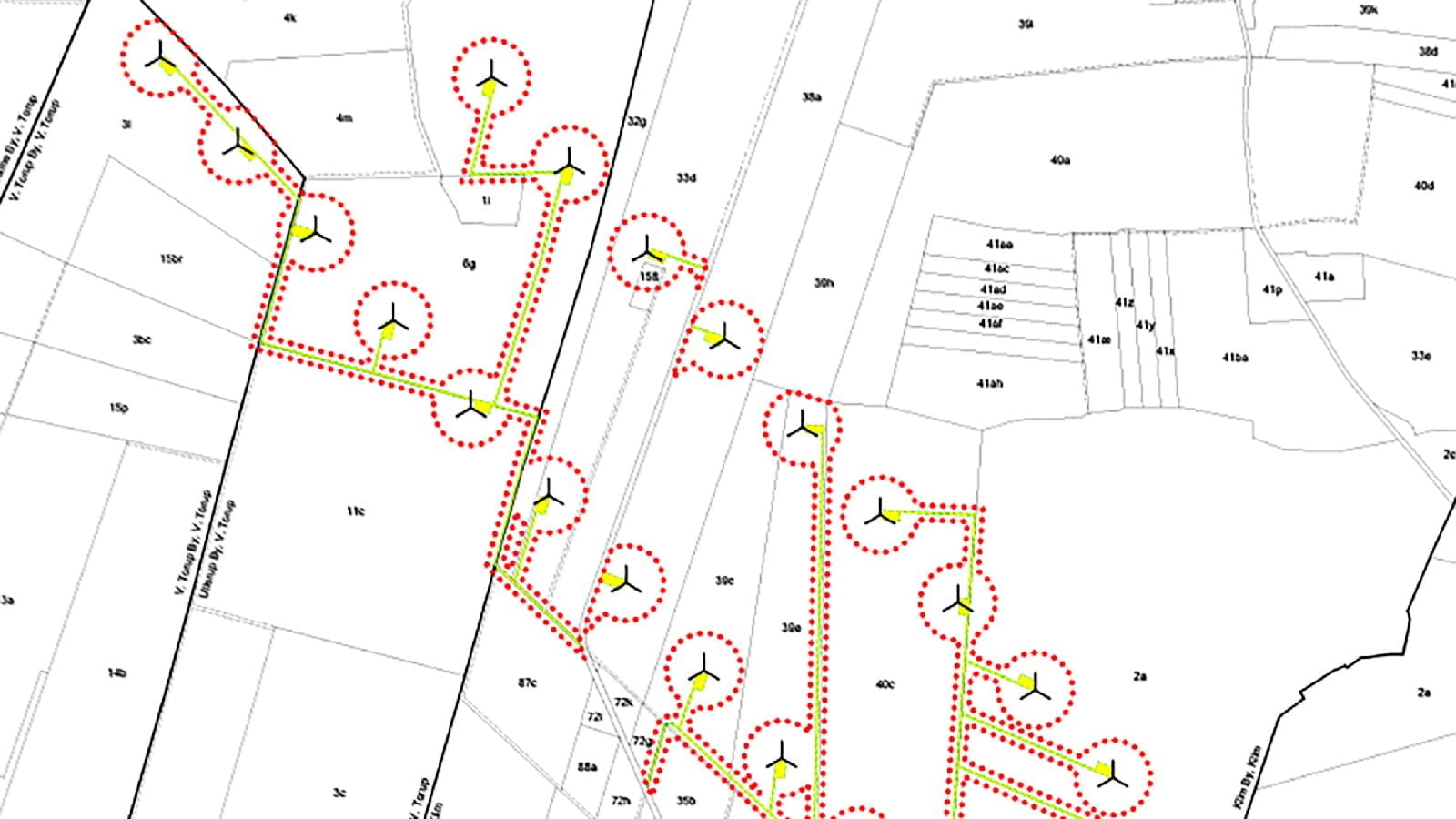
Direct contact with the affected landowners
Throughout the entire Klim wind farm project, LE34’s chartered land surveyors were in regular contact with the affected landowners – around 10 farmers. We collected their requests – which included preferred locations for the roads that provide access to the turbines both during the construction phase and for maintenance afterwards – and negotiated an agreement on behalf of Vattenfall. We hold many meetings with the individual landowners during this process. We visit their properties and walk around them together to inspect the conditions on the ground.
The agreements result in registration of the necessary declarations, specifying the points on which the landowners and Vattenfall have agreed.
Declarations ensure that everything is in place – in every aspect
As we do on all other wind turbine projects, we prepared numerous declarations for the Klim wind farm. The aim is to ensure that all parties are familiar with their rights and that they have a piece of paper to prove them.
For example, LE34 prepared and registered the so-called blade range declarations. These give Vattenfall the right to erect the wind turbines on the land. They also ensure this right in relation to the landowners who do not provide land for the turbine itself but who provide ‘air space’, since in certain wind conditions the tips of the blades extend over their boundary line. We also prepared declarations that require Vattenfall to remove the foundations of the turbines at the end of their service life, after 20 to 30 years. In this way, we surveyors help ensure that everything is meticulously planned – from cradle to grave.
Technical assistance during and after construction
LE34 also played a major role during the construction phase. We surveyed and set out roads, worksites and the actual foundations of the new giant turbines. We use sophisticated surveying equipment to ensure a high degree of precision so that the contractors involved have the correct coordinates for their part of the project. Finally, we surveyed the finished installation and supplied as-built documentation.

